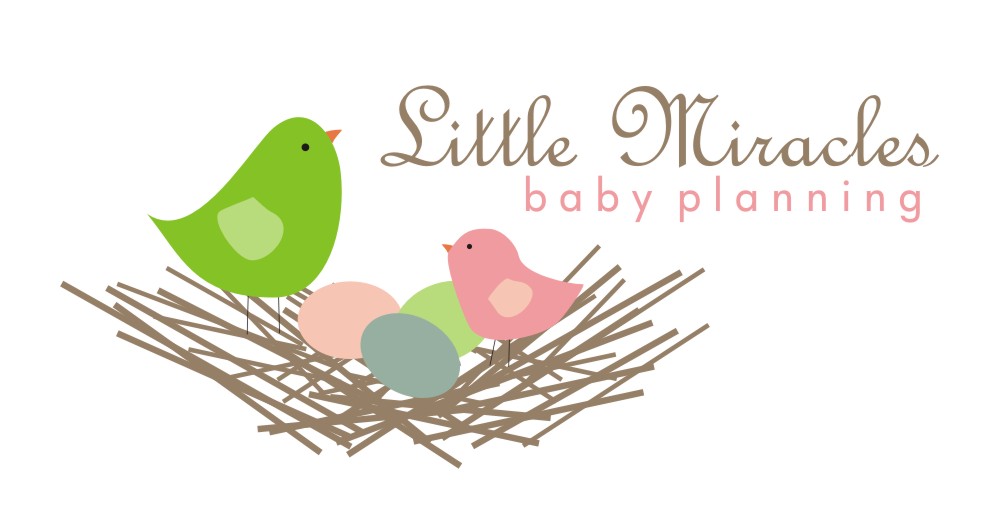from The Soft Landing
What exactly are we trying to avoid in some plastics anyway? The biggest problem is a set of harmful chemicals called
endocrine disrupting compounds (EDC). EDC’s are synthetic chemicals that mimic or block hormones and disrupt the body’s normal functions. This disruption can happen through altering normal hormone levels, stopping or stimulating the production of hormones, or changing the way hormones travel through the body, thus affecting the functions that these hormones control.
EDC’s are found in ingredients used in everyday plastics, personal care products, flame retardants, insecticides and more. In recent studies, health effects linked to low-dose exposure to EDC’s included reduced fertility, male and female reproductive tract abnormalities, miscarriages, menstrual problems, early puberty, brain and behavior problems, impaired immune function, obesity, diabetes and cancer.
Children are at higher risk because these chemicals can effectively interrupt various stages of development. Children also eat, breath and metabolize more than adults due to their rapid rate of growth, causing them to be even more susceptible.
Current regulation does not require that manufacturers label their products with materials used or recycling codes. If you do find recycling code labels they can be used to help as a general guide, but keep in mind that they are not definitive.
What About That Study Showing That Even BPA-free Plastics are Bad?
As we teach folks about the pervasive nature of toxic plastic, we often see a look of helplessness settle over their faces. It all seems so overwhelming, and many people respond with hopelessness, “If it’s all around us, then there really isn’t anything I can do anyway.”
And if you read that recent study and went straight into panic mode, it’s time to step back and look at the bigger picture. The battle has NOT been lost – we’re just getting started! The key is knowing how to choose your priorities and begin making changes there. Starting with the easiest and most obvious offenders to quickly decrease your family’s exposure to unnecessary chemicals.
We make it a practice of working to eliminate plastics that have already been proven troublesome like BPA, which has been linked to endocrine disruption in over 200 studies.
Just think – if you simply replaced most of your
disposable plastic products and
started eating naked, you’d be eliminating a huge source of chemical exposure in your everyday life!
Deciphering Product Labels and Recycling Codes
Categories to avoid:
PETE or PET (#1): Polyethylene Terephthalate is fine for single use, but begins to break down when exposed to heat and harsh detergents. Commonly found in bottled water, soda bottles, cooking oil bottles and peanut butter jars.
PVC or Vinyl (#3 or “V”): We are literally surrounded by
Polyvinyl Chloride, making it difficult to avoid. We’ll discuss its common uses, what makes it toxic and how best to avoid in upcoming steps.
PS (#6): Polystyrene is commonly found in packaging pellets or “Styrofoam peanuts,” cups, plastic tableware, meat trays, to-go “clam shell” containers. Styrofoam cups, meat trays, and containers break down easily when coming in contact with hot, fatty foods.
Other (#7): This plastic category serves as a catchall for any plastic other than the named #1- #6 plastic types. These miscellaneous plastic containers can be a combination of several plastic polymers and are often layered with 2 or more of the #1- #6 plastic types. It’s important to note that not all #7′s are toxic, so specifically look for #7 (PC or polycarbonate) and avoid it. We’ll discuss its common uses, what makes it toxic and how best to avoid it in upcoming steps.
*NOTE: We also recommend avoiding newer plastics until thorough testing has been done to verify their safety. This is why we don’t recommend jumping over to Tritan copolyester quite yet.
Categories generally considered safer:
HDPE (#2): High Density Polyethylene (HDPE) is commonly used in detergent bottles and milk jugs.
LDPE (#4): Low Density Polyethylene (LDPE) can be found in dry cleaning bags, produce bags, trash can liners and some food storage containers.
PP (#5): Polypropylene (PP) is the most common plastic used for sippy cups, reusable dishes and utensils. It can also be found in baby teethers and toys, large outdoor playhouses, kids riding toys, bottle caps, reusable water bottle lids and drinking straws.
Additionally, silicone, glass and wood are safer alternative choices and are not included in recycling categories.
Insist on Transparency from the Manufacturers of Your Favorite Products
Keep in mind that you are voting with every dollar you spend. You’re telling the manufacturers of plastic products and the chemical industry what you will accept and what you won’t. The more you support the companies who have gone the extra mile to remove toxic chemicals from their products (and even label them in every once in a while – have mercy on us all!), the more they’ll continue doing so.
And don’t forget, you can find an amazing grouping of safer products made by trustworthy manufacturers at
The Soft Landing!
P.S. This little bit was taken from our
Free Mini Course on Learning to Do Your Own Research, so be sure to sign up for the rest of the goodies!


.png)









